Like humans, plants need nutrients to grow and survive. If you’re growing vegetables, then adding fertilizer can mean the difference between a plentiful harvest and complete crop failure.
There are many types of fertilizers and ways to fertilize your garden. It can get daunting with the number of options out there.
In this article I’m going to take you through the benefits and drawbacks of different fertilizers, as well as why fertilizers are needed when gardening.
- Related: Complete Soil Guide
What are Fertilizers Used For
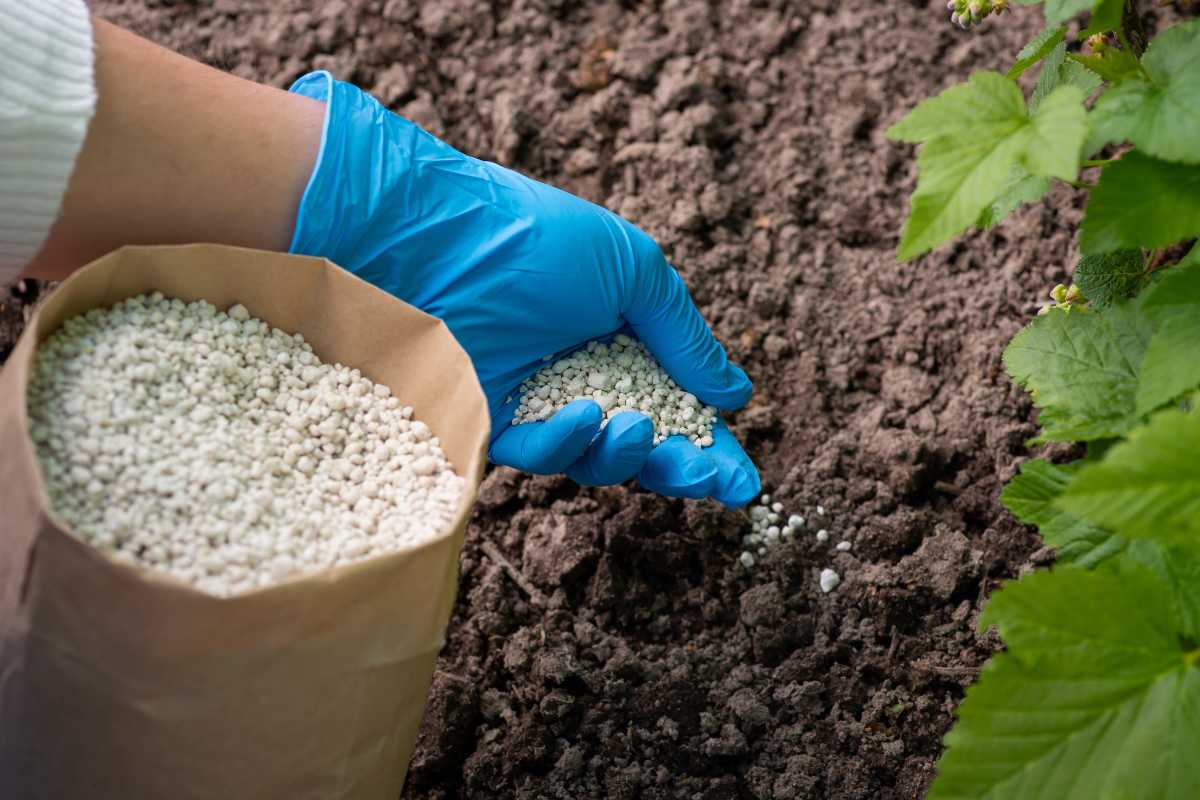
Fertilizer is used to add nutrients to your soil, so your plants can be as healthy and productive as possible.
Fertilizers help if you have an imbalance of nutrients in your soil. This occurs when you have too much of a certain element, making the soil too acidic or alkaline.
Different plants have different preferences, so it is important to determine the needs of your plants before shopping for fertilizers.
There are many kinds of fertilizers on the market. What type of fertilizer to use is a hot topic of debate. Some chemical fertilizers can cause log-lasting damage to the soil and environment.
When selecting your fertilizer, you not only take into account your soil and plants’ needs, but also your own ethical choices on environmental-friendliness.
The main thing to consider when choosing a fertilizer is the NPK numbers of the fertilizer.
NPK Numbers: What Do They Mean?
NPK stands for Nitrogen, Phosphorous, and Potassium (the periodic symbol for potassium being K.) These are the three elements that are beneficial to plants when the right balance is maintained.
Most fertilizers will have a NPK rating on their packaging. When you’re looking at getting a fertilizer for your soil, it is important to first do a soil test to determine the NPK ratio of your existing soil.
You can do a soil test by purchasing a soil nutrition testing kit online.
Types of Fertilizers
Organic Fertilizer
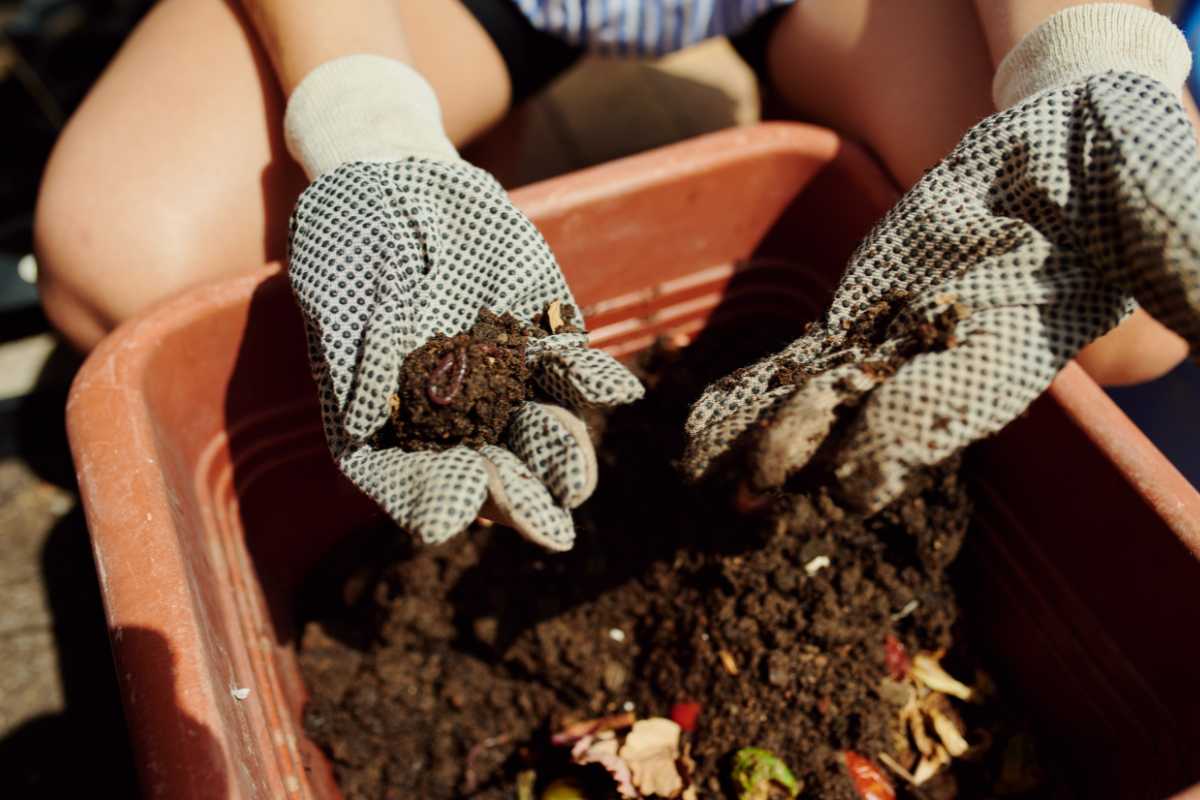
This does not refer to ‘Organic’ in the gardening sense, but in the literal meaning of the word.
Organic fertilizers come from organic matter – that is, matter that was once alive. Organic fertilizers add organic matter to your soil, which does more than just add nutrients.
It also helps the reproduction of healthy microorganisms, as well as improves the physical condition of your soil.
Compost is the staple organic fertilizer of most home gardeners, and you can find out more about composting in my other article, Types of Composting Methods.
If you are gardening using organic methods, making your own compost is often the best way to ensure you know exactly what is going into your soil.
Industrial farming and store bought organic fertilizer use organic matter, but due to the scale, this comes from various sources.
Agricultural and industrial waste, manure from livestock, and municipal sludge all count as organic fertilizer.
The benefit of organic fertilizer is that it can also be used as a soil amendment to improve the overall condition of your soil, as well as its nutritional content. Organic fertilizers are also generally a lot more environmentally friendly than synthetic fertilizers.
The downside of using organic fertilizer is that you usually cannot measure the nutrient value. This means it might be more difficult to adjust the balance of your existing soil.
However, if you’re using your own compost, and keeping a healthy balance of green and brown materials, you will usually have all the nutrients your garden needs.
Home gardeners will usually mix compost with the soil at the end of the growing season to give the soil time to adjust and the microorganisms time to flourish.
Organic fertilizers may also take more time to show results, so don’t worry if you’re not seeing immediate results.
Inorganic / Synthetic Fertilizer
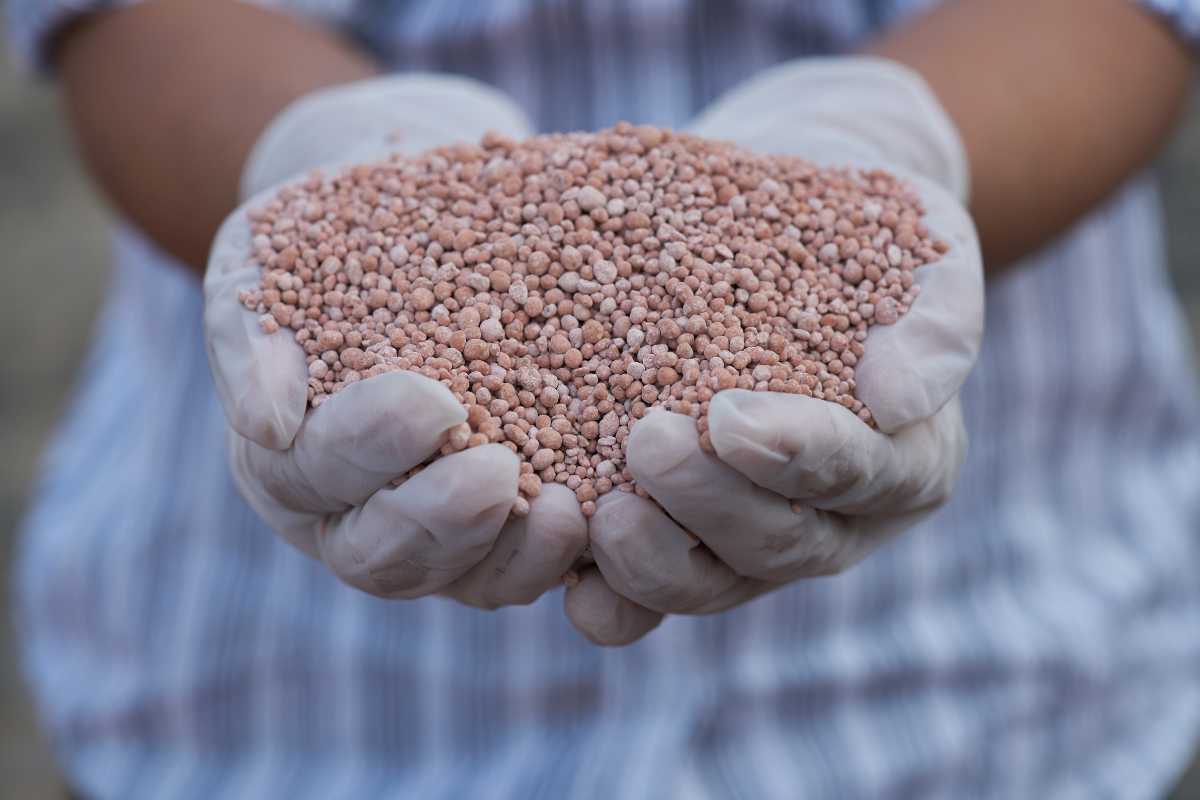
These are lab-made inorganic fertilizers that contain specific nutrient elements for plant growth. They cannot be used by organic farmers as they contain chemicals.
There are two types of synthetic fertilizers, corresponding to the primary nutrients and elements needed for good crops and crop yields.
- Nitrogen Fertilizer – These improve the quality and productivity of crop plants.
- Phosphorus Fertilizer – These are good for root growth in plants.
The benefit of chemical fertilizers is that they are fast acting and will give you noticeable results quicker. You can also tailor the mix to suit your soil and your plants.
The downside is that these chemicals do nothing to improve the condition of your soil, and sustained use of them can actively degrade the soil’s quality.
Synthetic fertilizers are also highly soluble in water and the chemicals can leach into waterways, causing long-term damage. They can also cause the growth of harmful algal blooms and potentially get into our drinking water sources.
Granular Fertilizer
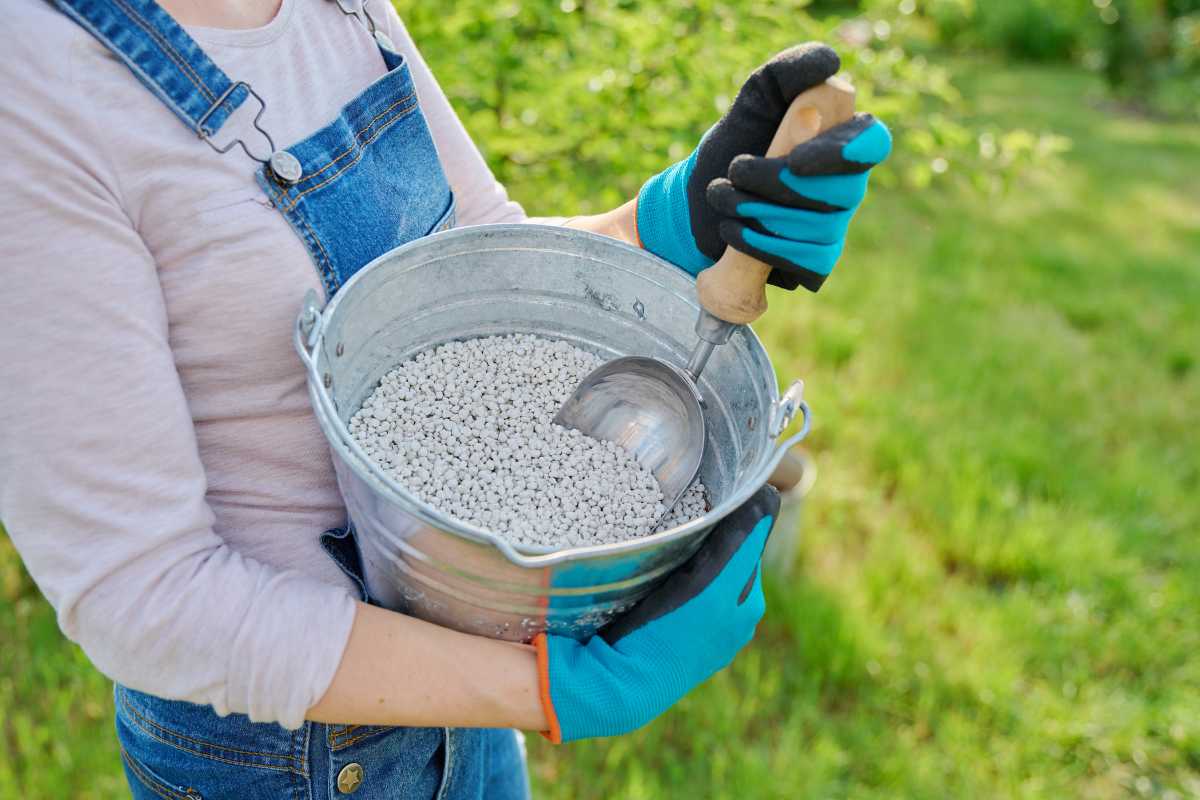
Granular fertilizers are a type of fertilizer that comes in pellet form. It can be synthetic or organic and is dug into the soil.
A benefit of granular fertilizers are that they are easy to apply and work quickly, because there’s no need to add moisture before application.
However, granular fertilizers tend to burn holes through the topsoil when applied too thickly.
Liquid Fertilizer
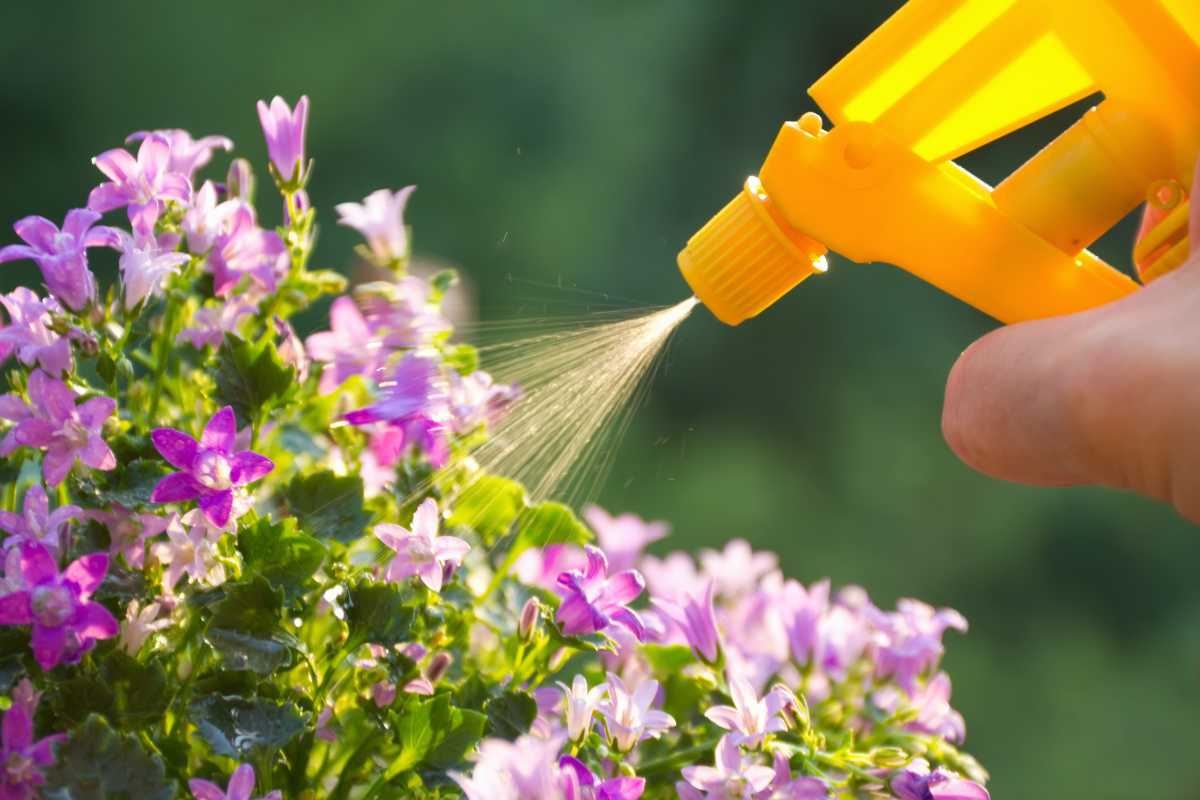
Liquid fertilizers are usually diluted with water and poured onto the soil. Liquid fertilizers come in different forms, including:
- Water Soluble – Water soluble fertilizers dissolve easily in water and release their nutrients slowly over several weeks.
- Slow Release Fertilizer – Slow release fertilizers break down gradually over months rather than days. Controlled-release fertilizers like this are good for a consistent source of nutrients over a period of time. It saves you from needing to fertilize continually.
- Quick-Release Fertilizer – Instantaneous fertilizers provide a quick boost of nutrition.
You should always read product labels carefully before applying any kind of fertilizer. Some products claim to be slow releasing, yet still require watering after application.
Liquid fertilizers can be synthetic or organic, and you can easily make many types of homemade liquid fertilizers, such as compost tea. Banana peel water fertilizer is another popular homemade, organic option.
Powder Fertilizer
Like granular fertilizer, powder fertilizer is a dry form of fertilizer that you work into the soil. Synthetic or organic options are available.
Dry fertilizers don’t have to be watered prior to application. This makes powder fertilizers ideal for areas where rainfall isn’t consistent.
They are often mixed with other materials like sand or peat moss to help retain moisture.
When and How to Fertilize
How to add fertilizer to plants and maximizing fertilizer efficiency depends on what you’re growing.
Below, I’ve listed some common plant categories and have detailed how to use fertilizers based on their specific needs.
Vegetables
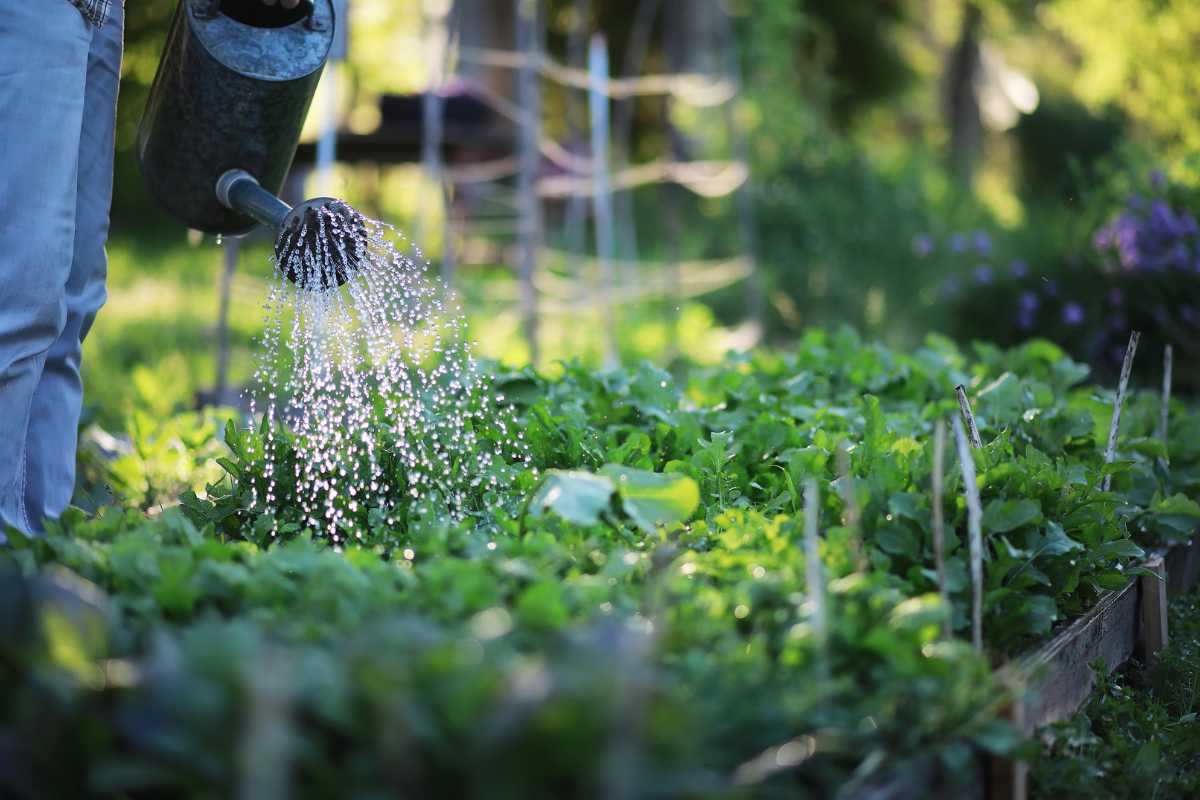
Vegetables benefit from compost being dug into the soil at the end of the growing season, but some may also need a little boost when it comes to fruiting.
Heavy feeders such as squash, leafy vegetables, sweet corn, cucumbers and tomatoes will need extra feedings once they’re established.
You can do this by adding a mulch layer of compost onto the earth surrounding your plants, or by adding a liquid feed to your water can when watering.
Houseplants
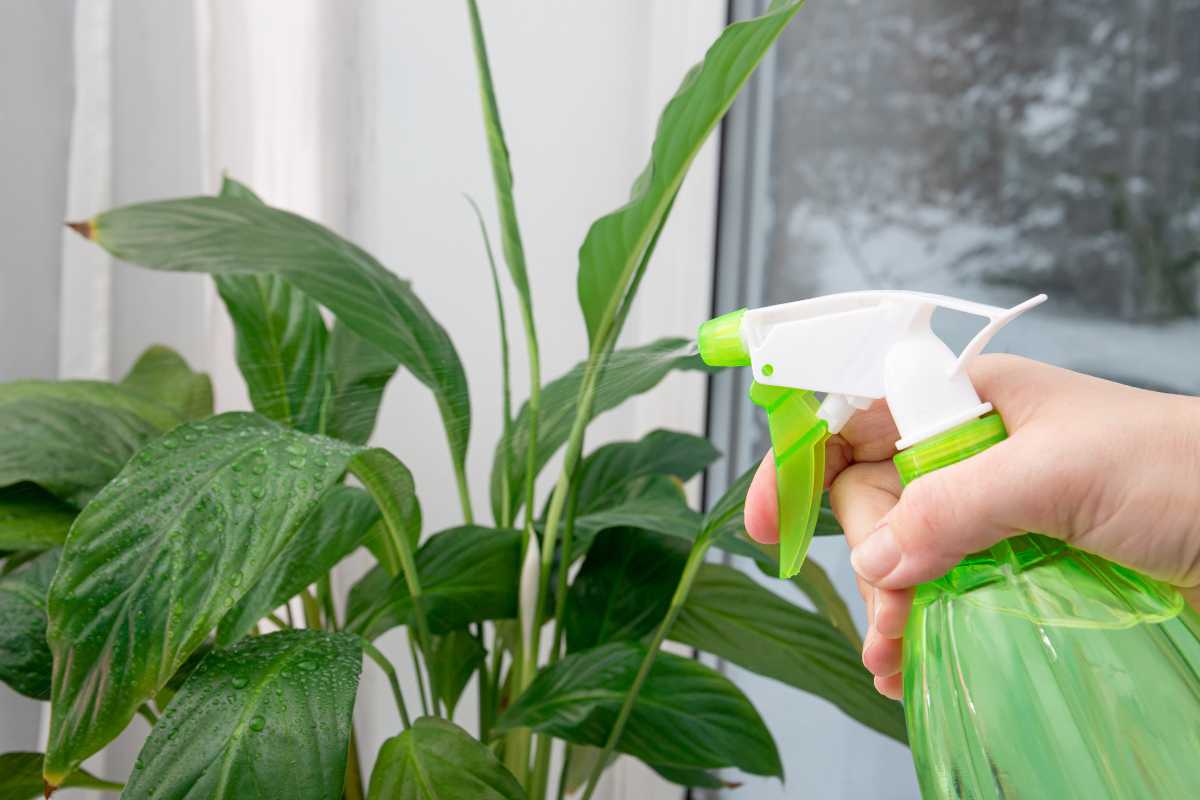
You can fertilize your houseplants by adding a small amount of liquid feed to their water every three months or so. When repotting, you can use compost instead of topsoil to give them a few extra nutrients.
If you want to give them a hit of potassium now and then, you can use a banana peel. Add the peel to water and let it soak to infuse the potassium before watering your plants.
You can also use banana peel to wipe the dust off their leaves, leaving them shinier and better able to breathe.
Succulents
Succulents only need fertilizing a few times a year. You only need to add a small amount liquid food to their water.
Perennials
Perennials will suffer if you over fertilize them. If you have healthy soil, they may not need fertilizing at all.
If you have sandy soil that lacks nutrients, then lightly fertilize it when spring growth appears.
Annuals
Annuals benefit from consistent fertilization throughout the growing season. Adding a mulch of compost will help, but they will also benefit from regular feedings.
You can use any type of fertilizer but getting the right NPK balance for your plants is essential.
Lawns
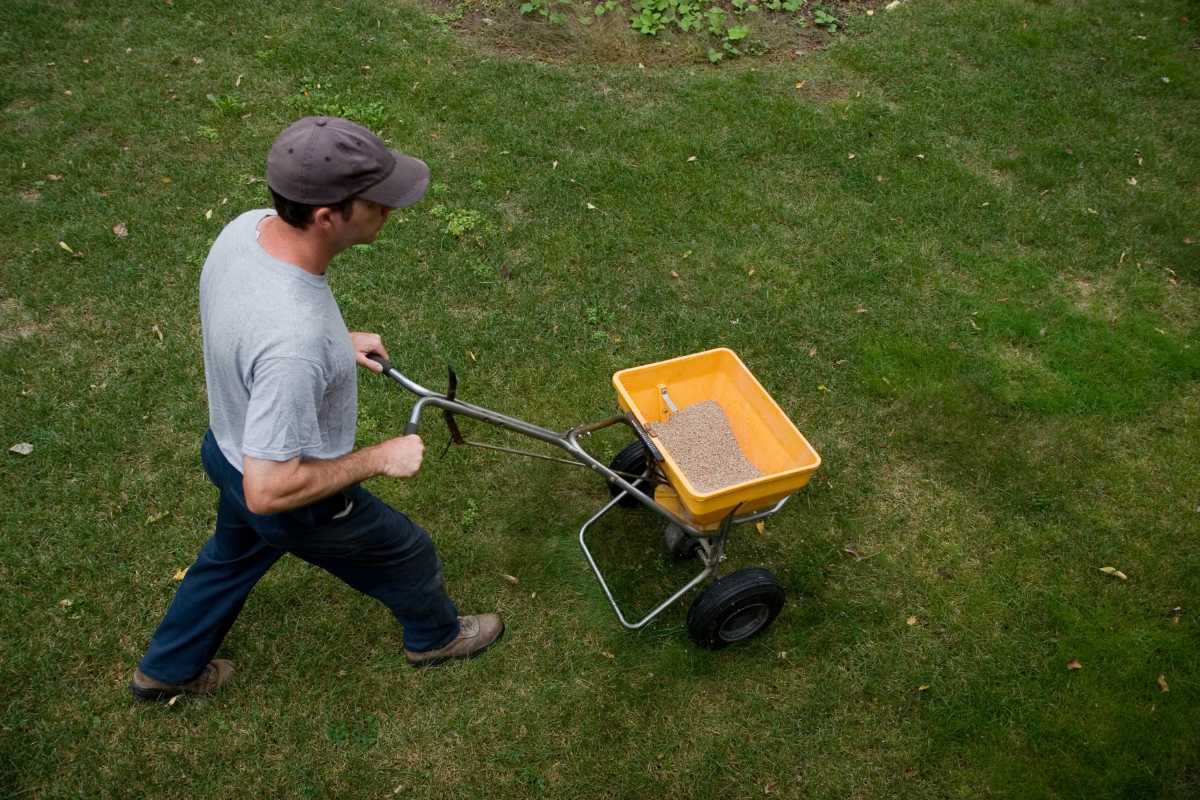
Grass generally does ok without fertilization, but if you want to add more luster to your lawn, then fertilizer will help.
You can fertilize your lawn up to four times a year –in early spring, late spring/early summer, mid-summer, and mid to late fall.
For obvious reasons, you can’t really use compost on your lawn, but you can water it with compost tea. If you want to buy a fertilizer, be sure to buy one with a good NPK mix for your soil. An imbalance will negatively affect your lawn and stunted growth of grass.
You can use granular, liquid or powder fertilizers. The most cost-effective and easiest to add would be liquid fertilizer.
Bulbs
Bulbs don’t need much supplemental fertilizer, but they can benefit from the application of an all-purpose fertilizer in late winter/early spring.
The fertilizer can be liquid, granular, powder, or a mulch of compost. If you’re growing in pots, then use a liquid fertilizer that is high in potassium from early spring until six weeks after the flowers form.
Trees and Shrubs
Use mulch or other fertilizers in late April, early May or late fall. Sprinkle the fertilizer on the soil surface around the root area, then lightly hoe it in.
Seedlings
Seeds need nitrogen and phosphorus, so fertilizing your seedlings is important. However, too much fertilizer can burn them.
Once they’ve sprouted, use a highly diluted liquid fertilizer about once a week.
Personally, I grow my seedlings in compost rather than potting soil. Make sure your compost is well-rotted, and there are no discernible things, like eggshells or twigs.
If your compost is slimy or smelly, do not use it. Good compost should look like rich soil and have an earthy smell.
Fertilizer Types Final Thoughts
Fertilizing your garden will help improve the appearance and health of your plants.
The type of fertilizer you choose will depend entirely on what you want to get out of it, and how much you’re willing to spend. Shop bought fertilizer can get rather expensive, depending on the type you want.
The most cost-effective way of fertilizing your garden is to start composting. Make your own fertilizer that will improve the quality of your soil as well as add nutrients. Check out my other article, How to Start Composting, for more details.
Fertilizer Types FAQs
What are the 2 types of fertilizers?
The 2 types of fertilizers are Organic and Inorganic fertilizers. Organic fertilizers include ingredients like manure, fish emulsion, blood meal, and bone meal, etc. These organic fertilizers contain natural elements which make them very beneficial for plant nutrition. They provide necessary minerals such as Nitrogen, Phosphorus & Potassium.
Inorganic fertilizers are chemical based products containing synthetic chemicals. Synthetic fertilizers are usually made by combining different chemical compounds together. Some common examples are ammonium nitrate and diammonium phosphate.
What are the 3 main types of fertilizers?
The 3 main types of fertilizers are: Liquid, Granular, Powder. Liquid fertilizers come in various forms including liquids, wettable powders, dry flowables, slow release pellets, microcapsules, and others. Granular fertilizers consist of small particles that break down into smaller pieces when applied to the ground. Powdered fertilizers are also broken up into tiny bits before being added to the soil.
What is the best type of fertilizer?
The best type of fertilizer depends upon the purpose you are using it for. For example, if you wish to increase growth rate, then go with a fast acting fertilizer. On the contrary, if you wish to produce more healthy fruits and vegetables, then opt for slower releasing fertilizers.
What are chemical fertilizers?
Chemical fertilizers are made up of various artificial ingredients, including nitrates, phosphates, ammonium sulfate, urea, sulfur, potash, and many more. They’re usually applied at higher rates than organic fertilizers. These chemicals have been proven safe for humans; however, some people may still experience negative effects like skin irritation, nausea, vomiting, diarrhea, headaches, dizziness, breathing difficulties, and even death if used improperly.
How often should I apply fertilizer?
How often you apply fertilizer depends on the kind of fertilizer you buy and the plants you’re. Generally speaking, applying fertilizer every two months during the summer season is enough. You may even consider adding some fertilizer at planting time.
What are the main components of fertilizers?
The main components of fertilizers are nitrogen, phosphorus and potassium (NPK). N refers to Nitrogen, P stands for Phosphorous and K means Potassium. All three of these elements play important roles in helping our plants thrive.
Nitrogen (N) – This element helps promote root development, leaf expansion, fruit production, flower formation, flowering duration, and overall vigor. It’s one of the essential macronutrients required by all living organisms.
Phosphorus (P) – This nutrient promotes cell division, chlorophyll synthesis, photosynthesis, protein synthesis, seed germination, and fruiting body formation. It’s an integral part of DNA and RNA molecules.
Potassium – This mineral aids in maintaining proper pH levels within cells, regulates water absorption from roots, controls stomata opening/closing, and stimulates enzyme activity. It plays a vital role in cellular respiration, carbohydrate metabolism, and energy transfer.
What is so important about NPK?
NPK is important because they work synergistically to help your plants grow better than any single component would alone. When we add just 1 or 2 nutrients to our garden, chances are there will be no visible results. However, when we combine all 3 of them, we get a much stronger effect. The NPK value represents different percentages of each nutrient present in the mixture. The ideal NPK ratio will depend on what you are growing as different plants need different amounts of nutrients.
Why do my plants look sickly after application of fertilizer?
When you use too much fertilizer, this can cause several problems such as stunted plant growth, yellowing leaves, poor coloration, reduced yield, etc. If you notice any of these symptoms, try reducing the amount of fertilizer you use next year. Also make sure you don’t overfertilize your crops.
How to use fertilizer and water together?
Use fertilizer and water together according to their individual needs. Use less fertilizer when watering regularly. In other words, give your plants plenty of moisture but not too much. Too much water causes soil erosion which leads to leaching out of minerals that are needed by your plants. So, always keep track of how much water you give your plants and adjust accordingly.


